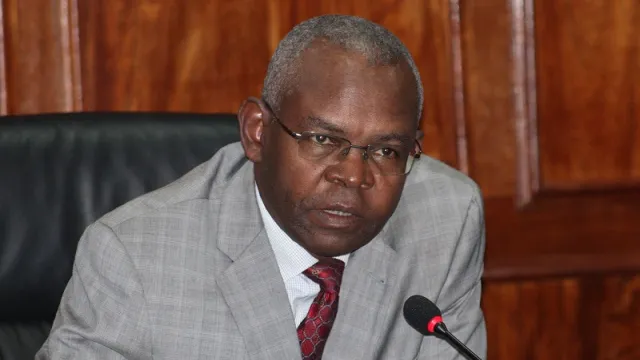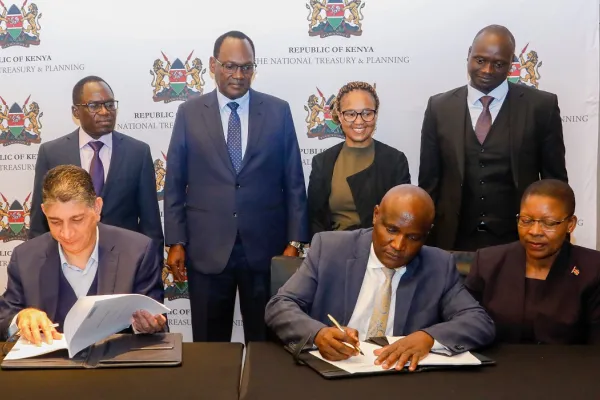EAC central bank chiefs project 5.8% growth in 2025

Central Bank of Kenya governor who is also the chairperson of the East African Community (EAC) Monetary Affairs Committee Dr Kamau Thugge
The heads of central banks in East Africa are projecting that member countries will experience a 5.5 percent economic growth this year powered by strong performance in agriculture and services industry.
In a briefing on Friday last week, Central Bank of Kenya governor who is also the chairperson of the East African Community (EAC) Monetary Affairs Committee Dr Kamau Thugge said agriculture and services sectors are poised to drive economic expansion across the region.
"In addition, supportive government policies and macroeconomic stability are expected to provide impetus to growth," the central bankers stated in a joint communique.
Dr. Thugge was speaking during the 28th EAC Monetary Affairs Committee forum, which saw his peers from Burundi, Uganda, Tanzania, South Sudan, and Rwanda meet in Mombasa, Kenya. Central bankers from Somalia and the Democratic Republic of Congo were attending the meeting for the first time.
However, the heads of banking industry regulators cited some underlying risks to the projected growth including ongoing trade tensions around the world, impact of extreme weather conditions and geopolitical fallout.
Last year, the East African region saw inflation ease to an average of 9 percent compared to 11.2 percent in the year before attributable to cooling prices of food items and commodity prices in the world markets.
"Additionally, global inflation is expected to decline at a slower pace due to the impact of higher trade tariffs, and the adverse impact of climate change," the bankers observed.
Additionally, the meeting reviewed the progress made in implementing the revised roadmap toward the realization of the East Africa Monetary Union by 2031.
The bankers observed that, "significant progress has been made in the harmonisation of monetary and exchange rate policies; harmonising principles and rules for the regulation and supervision of the region’s financial system; harmonisation of information technology infrastructure; enhancing risk and crisis management frameworks to ensure the stability of the region’s financial systems; adopting climate risk awareness; promoting the use of the regional cross-border payments system (EAPS); and harmonisation of payment systems governance, legal, regulatory framework and standards."





